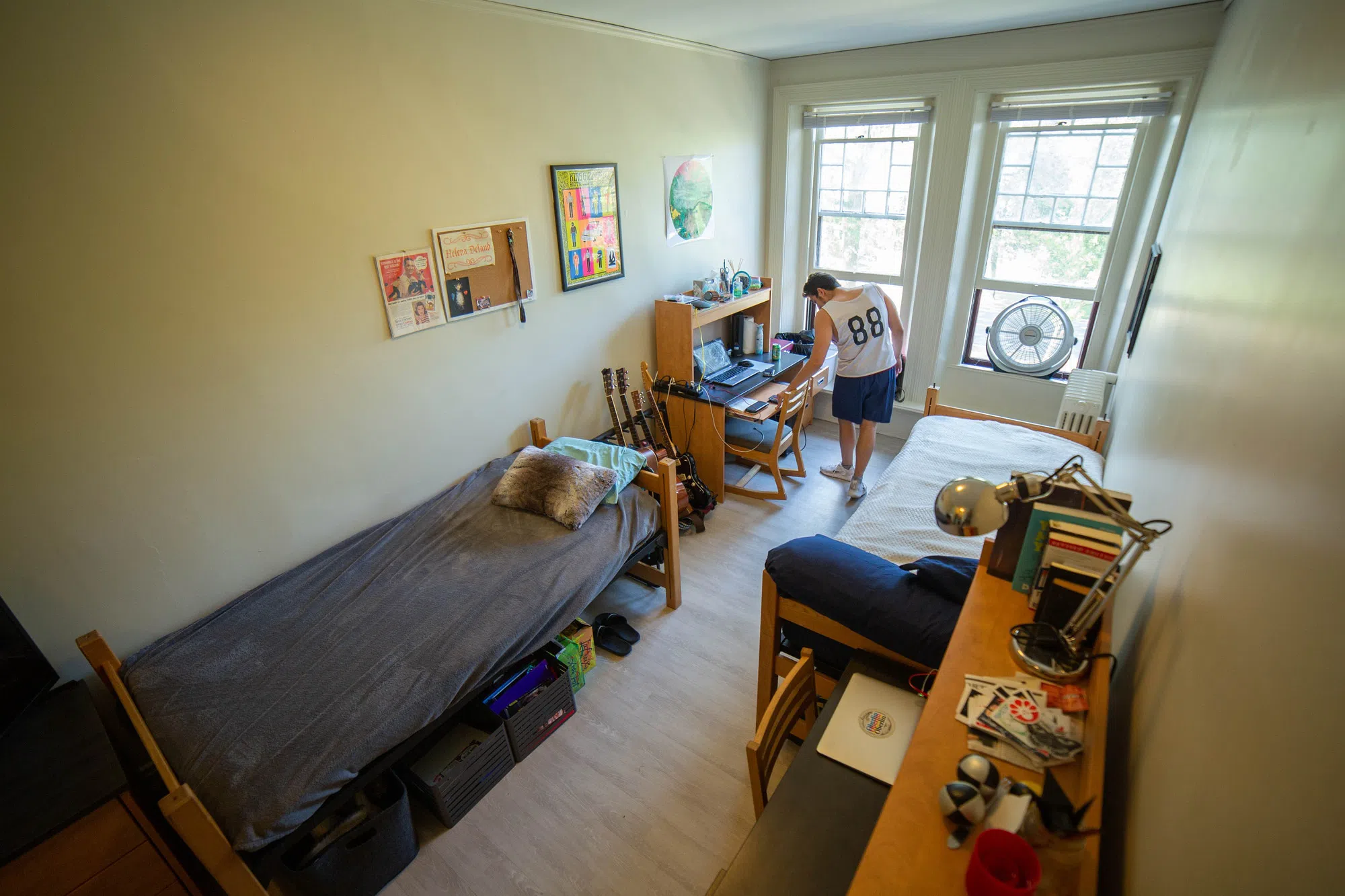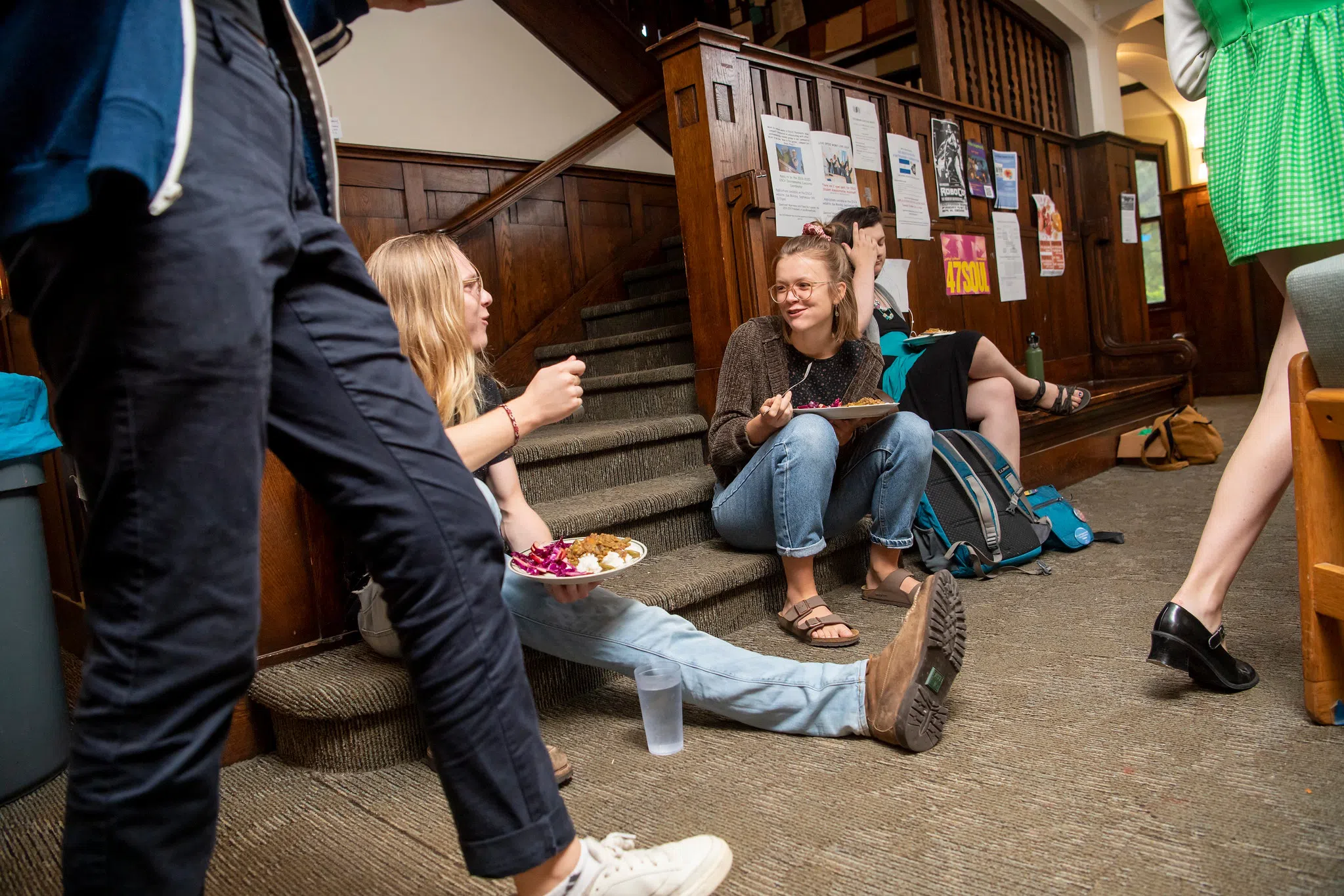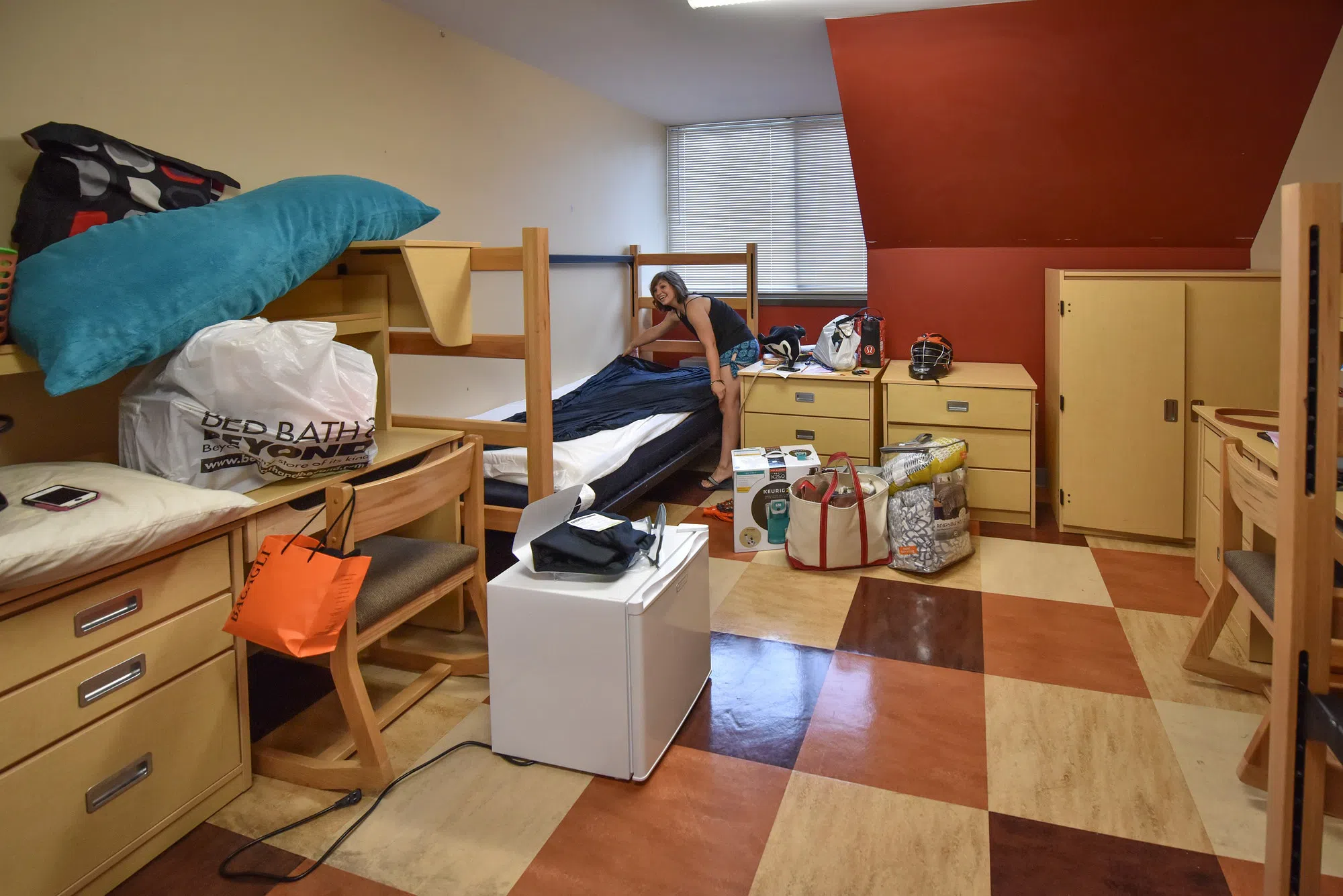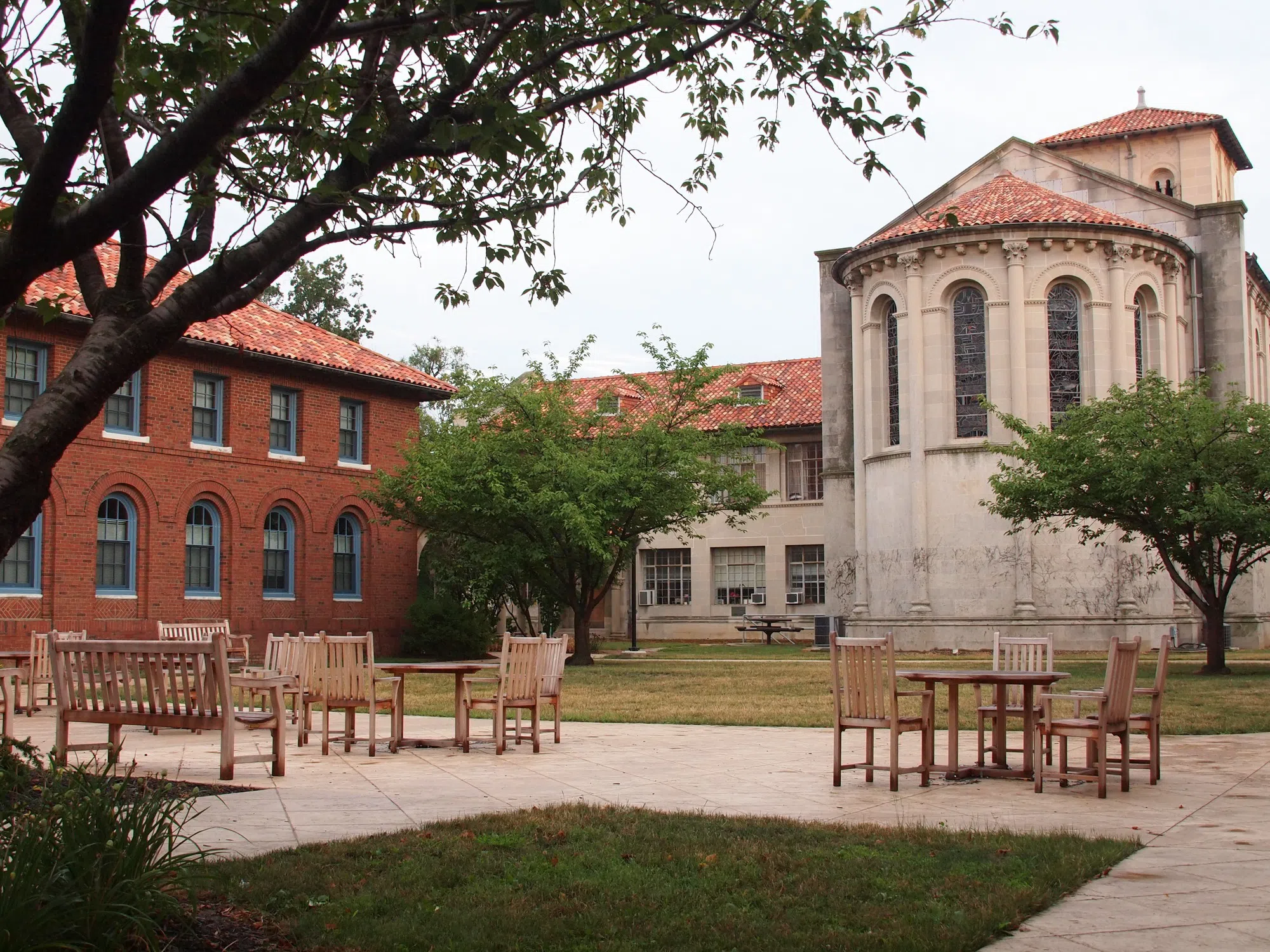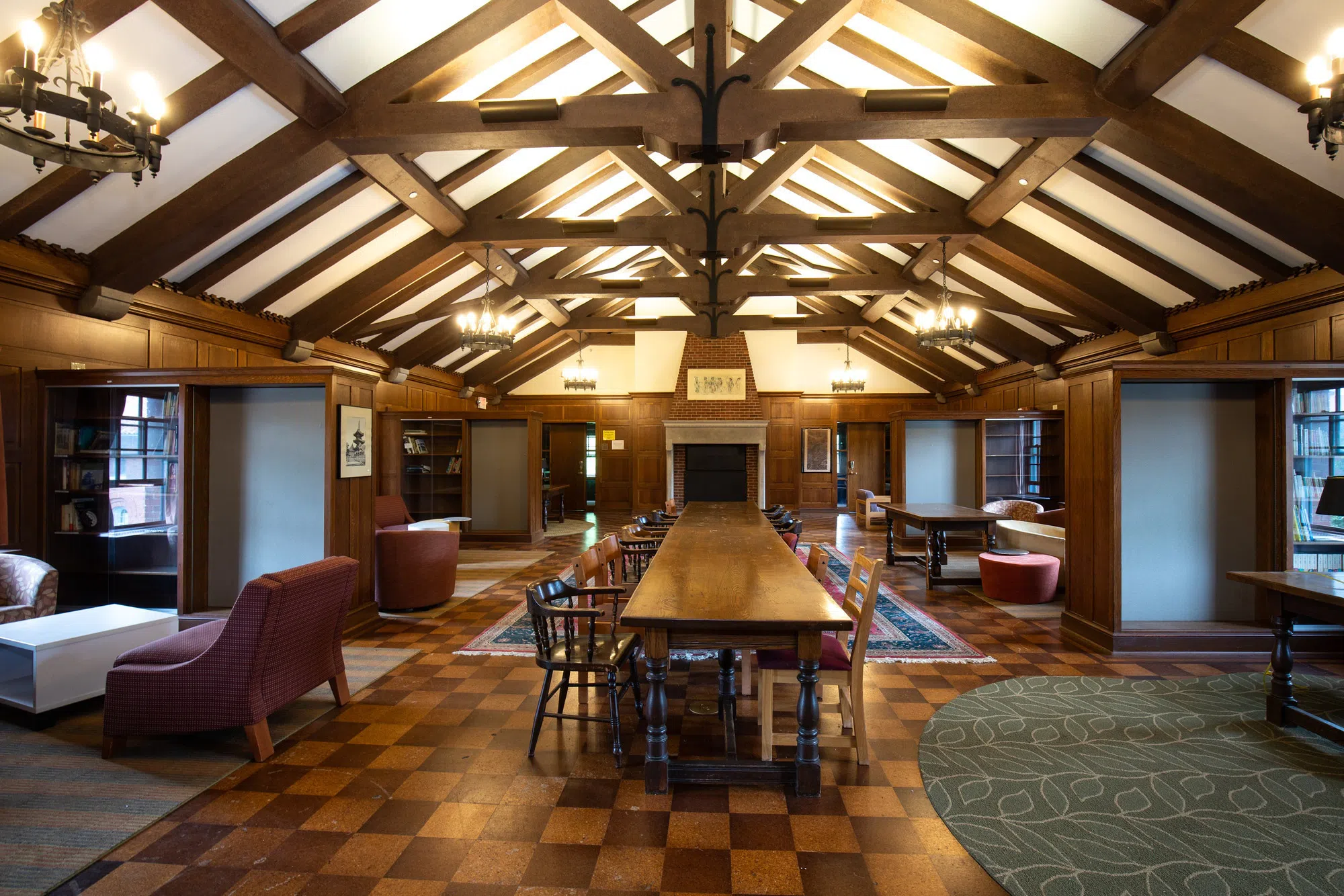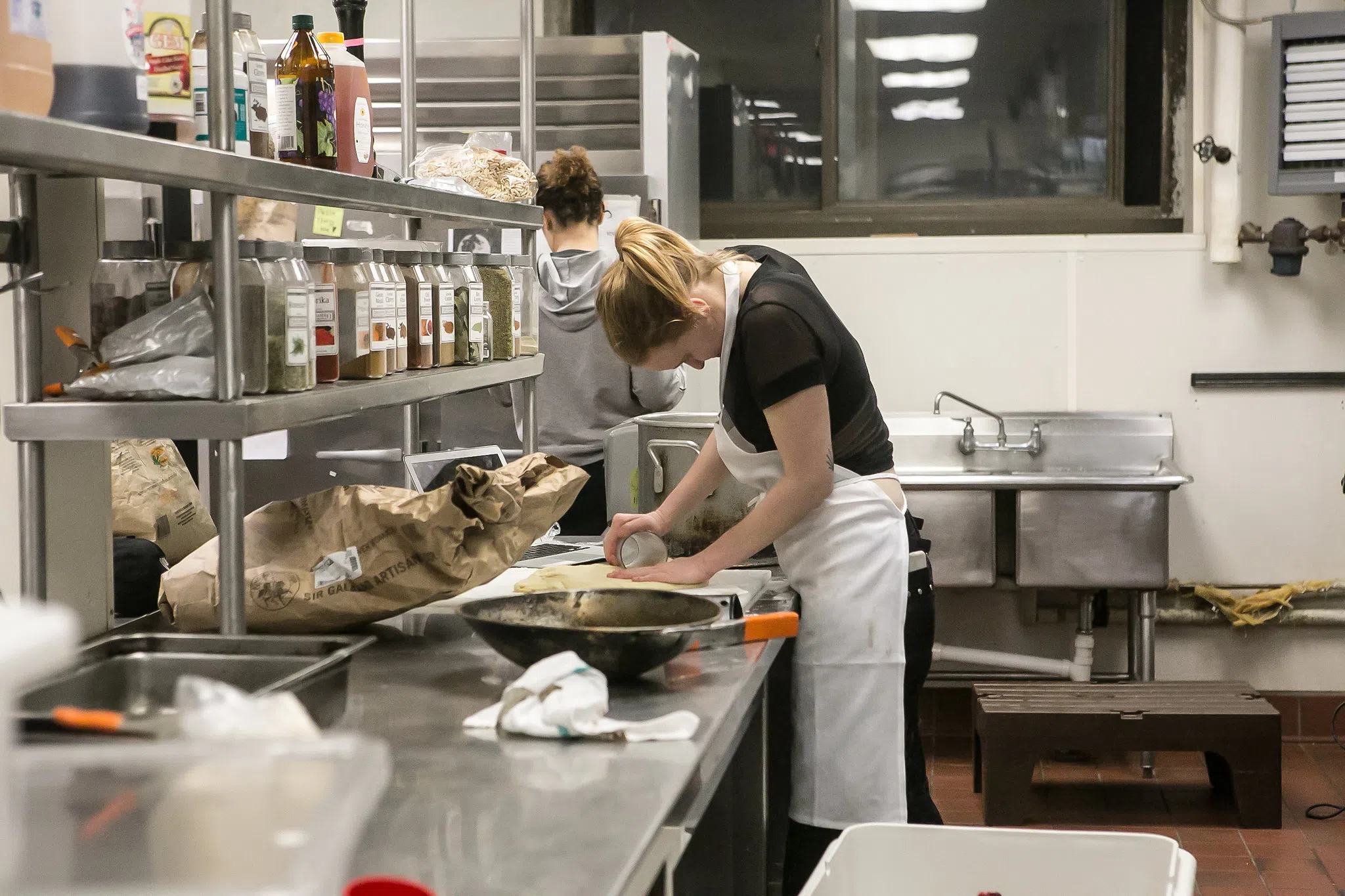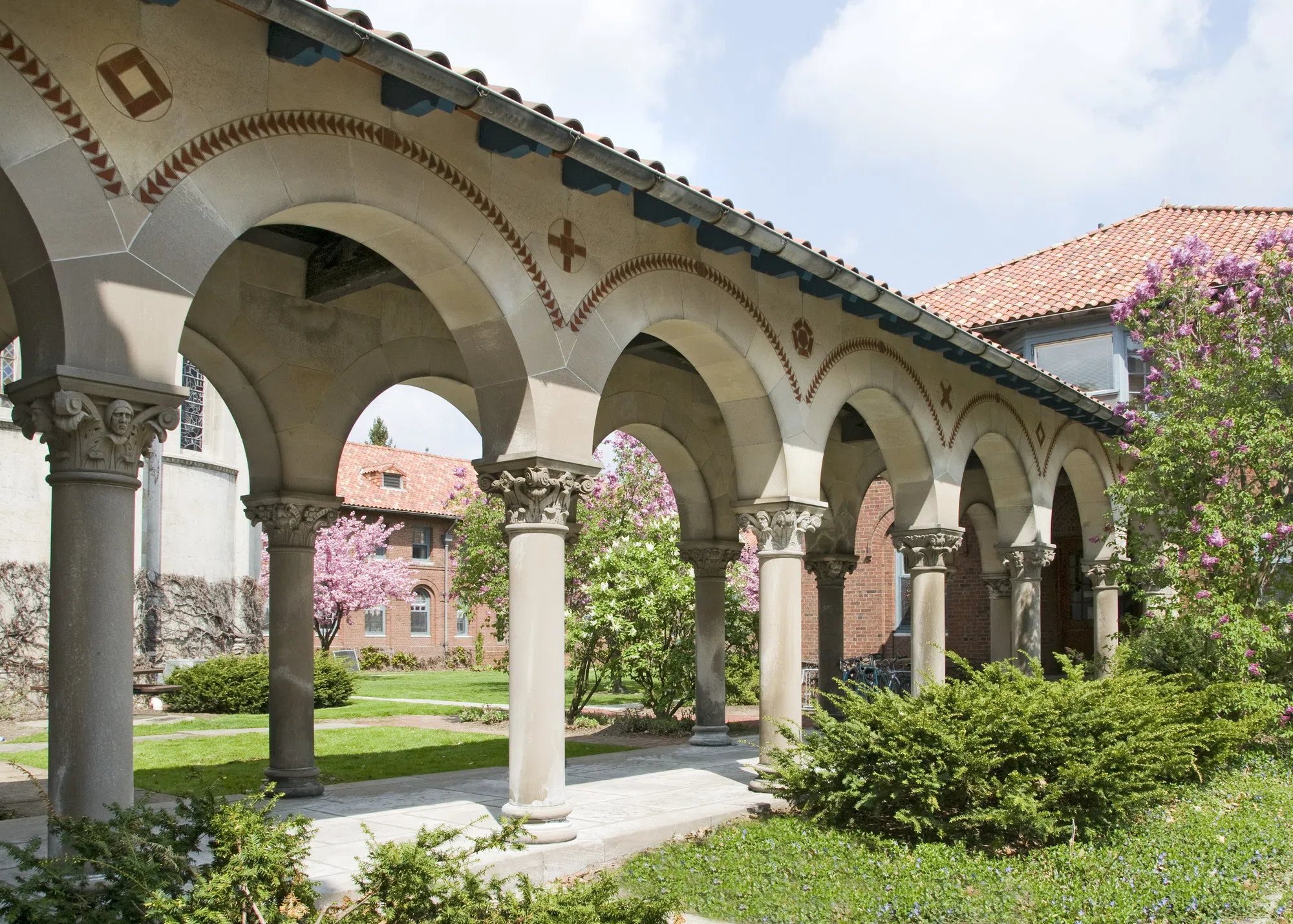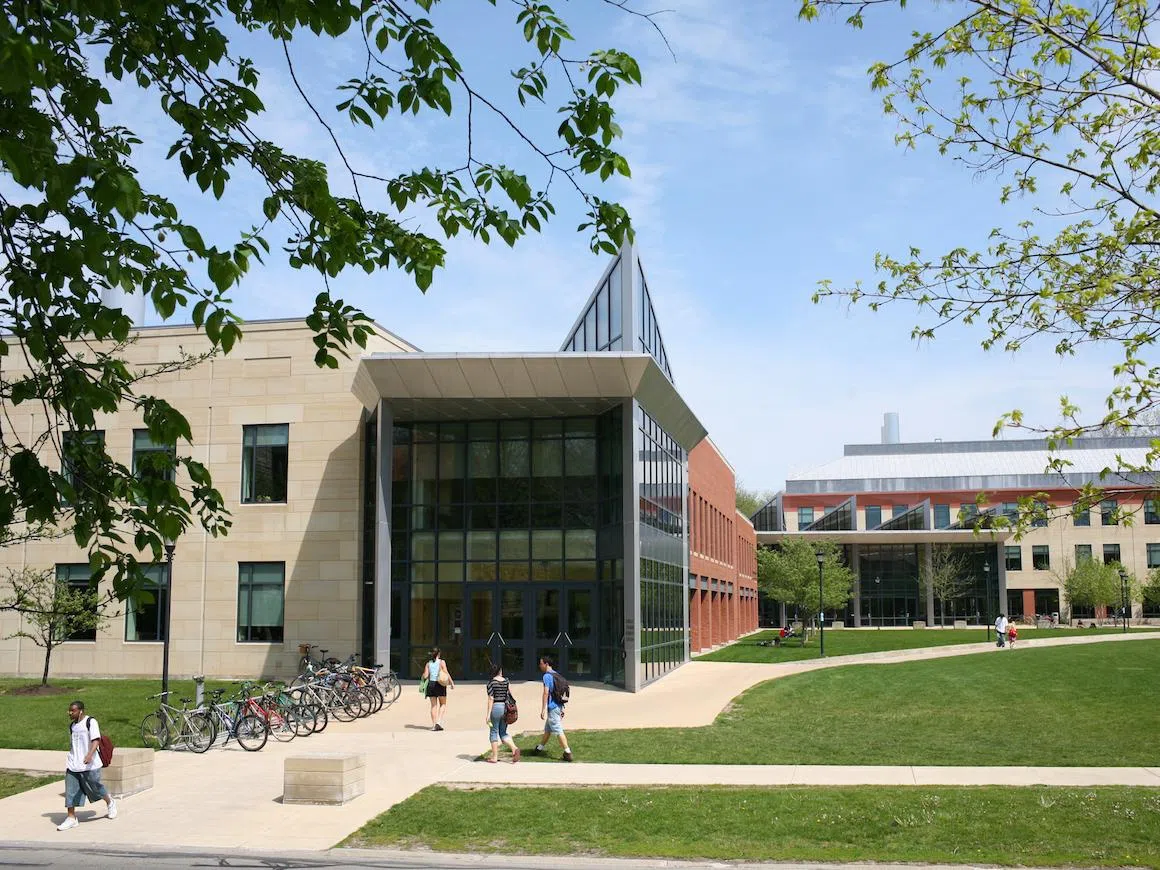Media Gallery
Living at Oberlin
🛏️ Living at Oberlin
Housing is guaranteed all 4 years at Oberlin!
Traditional Housing
Most Oberlin students live in traditional housing, which is what most people imagine when thinking of a standard college residence hall. Located across campus, our halls range from smaller, more intimate environments that accommodate about 65 residents, to larger halls that house roughly 250 residents. Each hall includes students from multiple class years. The rooms come in a variety of styles including singles, open doubles, divided doubles (two rooms separated by a door), triples, and quads. All of the halls have bathrooms, common spaces, and kitchens just a few steps away.
Theme & Living Learning Communities
Each year, certain Oberlin residential buildings host new and returning theme halls. These communities are open to all students and emphasize experiential learning. Popular halls include Sci-Fi Hall, Quiet Hall, Sustainability Hall, Substance-Free Hall, Sisters of the Yam and Brotherhood Halls, which are safe spaces for Black women and men respectively, and Roots in STEM which promotes a sense of belonging and community in STEM fields among historically underrepresented students.
Language Houses
The polyglots among us might find their homes in our Spanish, French, Russian, and German language-based houses. Students who choose to live in these spaces are a mix of language learners and native speakers who wish to live in an immersive language and culture experience. Even people who don’t speak the language are welcome in these houses (although you should probably know that “baño” means “bathroom”!).
Identity Based-Housing Communities
Along with our language houses, several of Oberlin's residential buildings include identity-based communities. The six houses include Afrikan Heritage House, Asia House, Hebrew Heritage House, Latinx Heritage Hall, Third World House, and the Women and Trans* Collective. These living communities center the identity and belonging of the residents and will often have cultural or musical events organized on by the students, like Dia de los Muertos or open mics!
First-Year Residential Experience
We offer several housing options that are exclusive to first-year students. New Obies love the community that they find with other students going through the same transition to college. Residential Assistants (RAs) in first-year residence halls are specifically trained to help support first-year students.
Village Housing
We like to say that at Oberlin, your housing grows up with you. Seniors and some juniors have the option to live in village housing, or houses and apartments that are owned and maintained by the College. Houses can host up to six students and have all the perks of living independently outside of a residence hall. At a village house, you might see your friend’s band perform or host a holiday party! Obies in village housing have an easy transition to independent living and learn to cook, clean, and share space with others before graduation.
OSCA
The Oberlin Student Cooperative Association (OSCA), an alternative to traditional housing and dining, is one of the most unique parts of Oberlin. OSCA is an independent organization, separate from the college, and it is 100% student-run. Each co-op makes lunch and dinner every day of the week for their co-op members, usually 50–80 people. Oberlin has five co-ops, each with its own personality, menu, and traditions. As a member of a co-op, you may be a chef and cook for the 50–80 friends in your co-op each night, budget and plan the weekly menu, or have a cleaning shift to help keep your home tidy.
All co-ops are very accommodating of dietary restrictions. Vegetarian choices are offered at every meal, and there are options for vegan, gluten-free, or allergen-free dining as well. Even if you aren’t a member of a co-op, you’re still welcome to join them for meals, especially for Friday pizza nights and the annual Co-op Iron Chef Competition!
All co-ops are very accommodating of dietary restrictions. Vegetarian choices are offered at every meal, and there are options for vegan, gluten-free, or allergen-free dining as well. Even if you aren’t a member of a co-op, you’re still welcome to join them for meals, especially for Friday pizza nights and the annual Co-op Iron Chef Competition!
